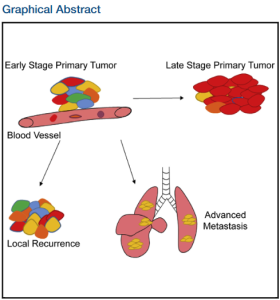When Dr. Grunwald warned us the day before Dean Noor’s faculty talk that he was one of the most frequent Yelp reviewers of taquerias in Durham, I had absolutely no idea what he was going to be like the next day. However, I was pleased to find out what a charismatic and passionate guy he was. Despite my moderate lack of interest in evolutionary biology, he exemplified a characteristic that I find is challenging to find in many people: contagious passion. He was so incredibly passionate about not only his field, but his job and the future of the Trinity School, I couldn’t help but find myself interested in his work. He described to us the various facets that influence genetic evolution as well as the curious connections that make up humanity’s ancestry. But more interesting is his job and the hierarchy that makes up the Trinity School of Arts and Sciences. As the newly declared interim Dean of Trinity, he will now be managing the entire school, including his previous department of the Natural Sciences. Despite him being put in a position of much greater power, he recognizes one simple thing that would remedy the challenges faced by previous Deans – maintaining Trinity’s status quo. Rather than making radical changes during his very brief time as the Dean, creating difficulties and issues that the succeeding Dean would have to handle, by maintaining the status quo and simply cleaning up any burrs in the current school and system, Dean Noor is presenting a clean and well-oiled system to the next Dean who can make progress efficiently and effectively. I’m excited to know someone like him will be heading the Trinity school and I am glad I got to hear him speak. Also, I frankly couldn’t help but feel a little distracted for the entire talk due to his voice’s striking resemblance to Sal Khan from Khan Academy.
-
Authors
Archive
Settings

 Graphical Abstract from
Graphical Abstract from